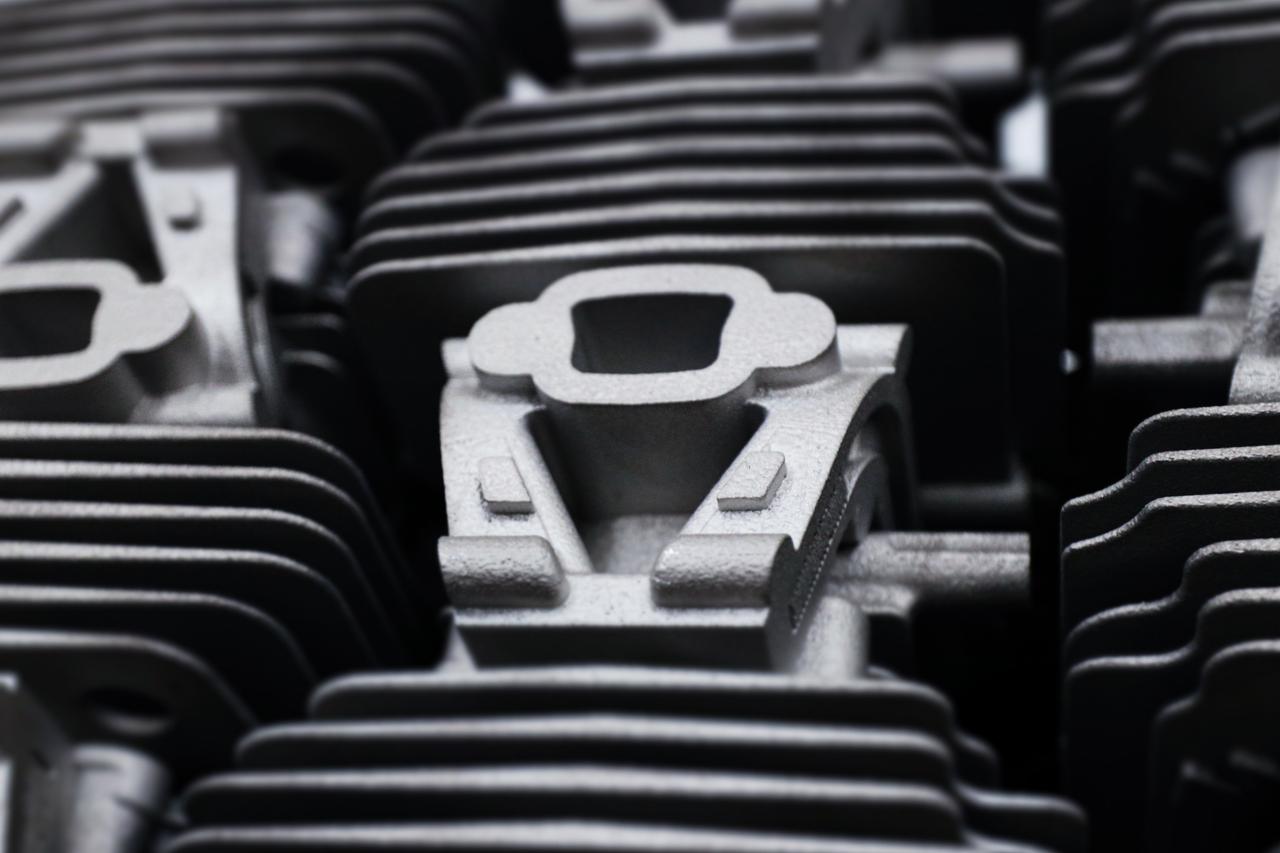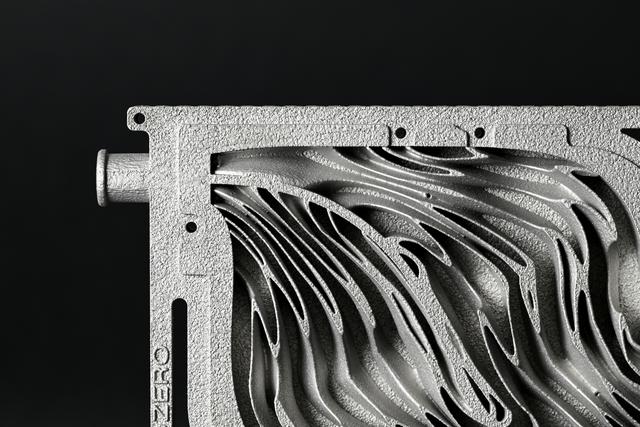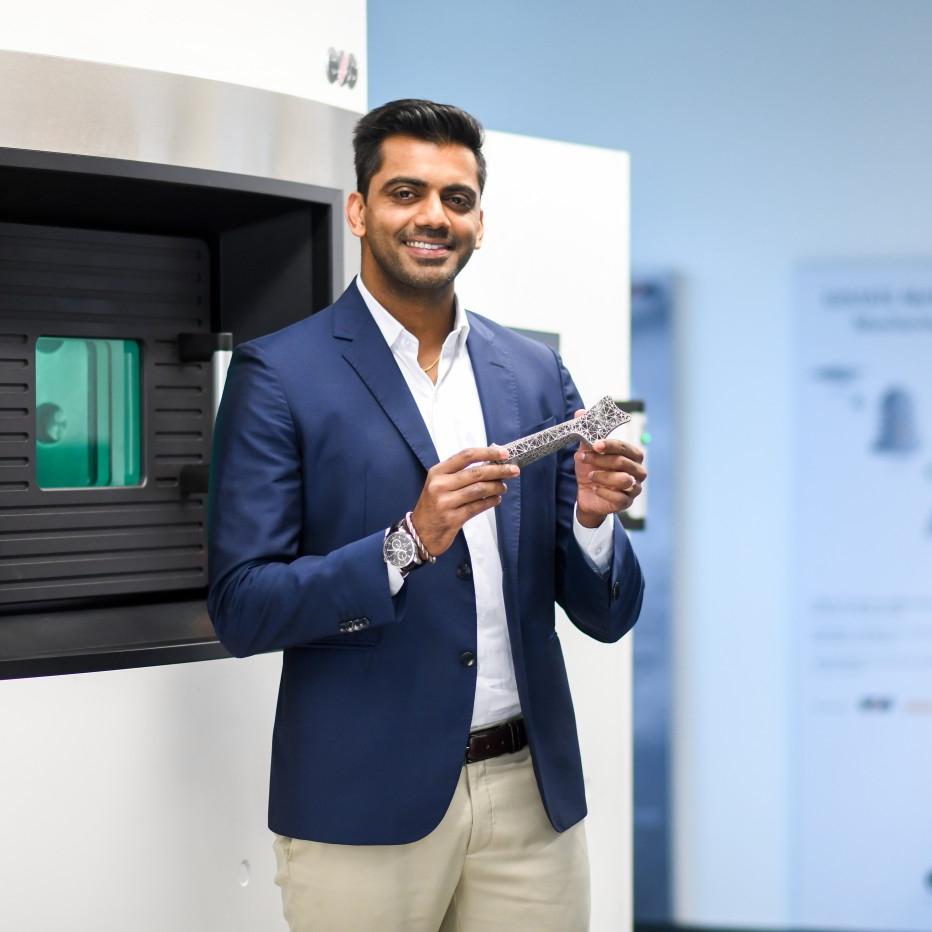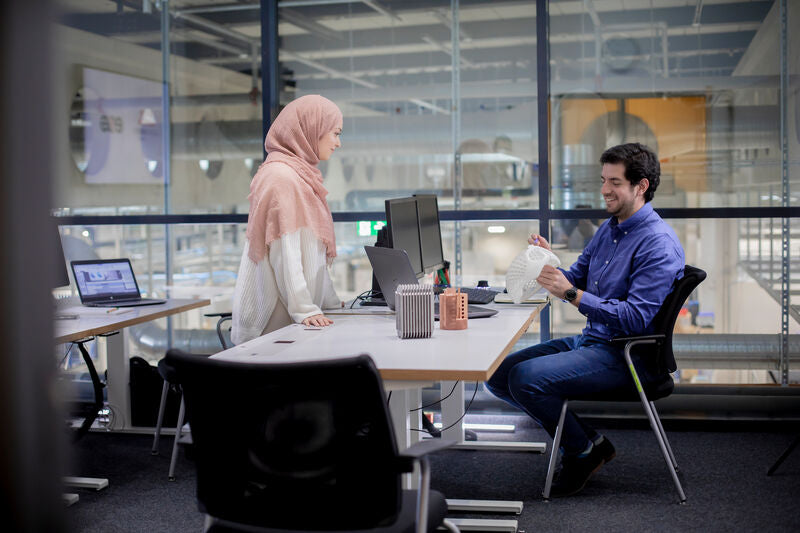
Process Science & Engineering for Metal Additive Manufacturing
Description
The Process Science and Engineering certificate program for metal laser powder bed fusion (LPBF) offers a comprehensive learning experience, combining self-paced online courses with hands-on exercises and instructor-led training sessions. This program is designed to equip you with the knowledge and skills necessary to meet specific part properties and cost targets for your part design.
Starting with the optimization of process parameters and exposure strategies, you will also delve into various post-processing methods, including heat treatment and surface finishing, which may be essential to fulfill part-specific requirements. You will gain an understanding of how these adjustments impact part properties and microstructure, and you will learn to analyze these effects effectively.
Once your manufacturing process is defined, the program emphasizes the importance of achieving consistent and reproducible part properties. You will also explore the key process variables that the LPBF system controls to ensure a stable manufacturing process.

Program Benefits
-
 Gain an in-depth understanding of the physics behind metal Laser Powder Bed Fusion (LPBF) and how part properties and microstructure are influenced.
Gain an in-depth understanding of the physics behind metal Laser Powder Bed Fusion (LPBF) and how part properties and microstructure are influenced. -
 Master the utilization of the EOSPRINT 2 Parameter Editor to adjust process parameters effectively.
Master the utilization of the EOSPRINT 2 Parameter Editor to adjust process parameters effectively. -
 Get a detailed overview of the application development process from process parameter optimization to selecting the right post-processing technology.
Get a detailed overview of the application development process from process parameter optimization to selecting the right post-processing technology. -
 Identify the key process variables that are controlled by the EOS metal LPBF system to ensure consistent and reproducible results.
Identify the key process variables that are controlled by the EOS metal LPBF system to ensure consistent and reproducible results. -
 Engage directly with EOS engineers during insightful expert sessions.
Engage directly with EOS engineers during insightful expert sessions. -
 Build a robust network within the additive manufacturing (AM) expert community.
Build a robust network within the additive manufacturing (AM) expert community. -
 Obtain a recognized certificate from the industry leader in AM.
Obtain a recognized certificate from the industry leader in AM.
Learning Objectives
Upon completing this certificate program, participants will be able to:
-
 Understand the physics behind the metal LPBF process and how it influences microstructure.
Understand the physics behind the metal LPBF process and how it influences microstructure. -
 Know which laboratory methods to select to analyze these effects.
Know which laboratory methods to select to analyze these effects. -
 Change process parameters in EOSPRINT 2.
Change process parameters in EOSPRINT 2. -
 Apply parameter development knowledge to optimize processes to meet specific part requirements.
Apply parameter development knowledge to optimize processes to meet specific part requirements. -
 Create holistic strategies for manufacturing complex applications by applying their expertise in process development, material science, and post-processing techniques.
Create holistic strategies for manufacturing complex applications by applying their expertise in process development, material science, and post-processing techniques. -
 Identify the key process variables that are controlled by the EOS metal LPBF system to ensure consistent and reproducible results.
Identify the key process variables that are controlled by the EOS metal LPBF system to ensure consistent and reproducible results.

Course Overview
Your training is split into seven phases:
- Introduction to the Program: Brief welcome and overview of the Process Science and Engineering Metal Certificate Program.
- Program Objectives: High-level discussion on what students will learn throughout the program, including key skills and knowledge areas.
- Overview of the process parameters available in EOSPRINT 2
- Detailed explanation of different exposure strategies and optimization tools
- Feedstock: Learn about metal powders for LPBF, different manufacturing methods and powder characteristics.
- Laser Melting: Understand the physics behind the metal LPBF process and how microstructure as well as potential defects are created.
- Heat Treatment: Get on overview of different heat treatment types and their effect on different materials.
- Material Characterization: Learn about the different methods to analyze metal powder and metal AM parts. By knowing possibilities and limitations of each method, you will be empowered to select the define the right strategy for your requirements.
- Understand the impact of changing parameters to impact outcomes of build quality, productivity, and cost-per-part.
- Identify applications such as thin-walled structures or parts with shallow overhangs where process modifications can improve part performance.
- Develop & execute design of experiments to address specific optimization goals.
- Learn about different post-processing technologies and understand why part design is an important factor in choosing the right technology.
- Acquire expert knowledge in following post-processing steps:
- Depowdering
- Support removal
- Surface finishing
- Hot Isostatic Pressing
- Explore key process variables that the LPBF system controls to ensure a stable manufacturing process.
- Discover which process variables are controlled by the machine and which data can be transferred into your manufacturing execution system for quality assurance.
- Final Assessment: Take the final exam to obtain your certificate and demonstrate your knowledge in the five technical modules of the Process Science and Engineering Certificate Program.
- Expert Session: Take advantage of a personal consultation with an Additive Minds expert to address all your remaining questions and conclude your development into a metal LPBF material and process subject matter expert.
FAQ
Every AM Academy course offers a rich learning experience
Real World Experience
Explore and assess real-world projects with case studies and portfolio examples.
Community & Experts
Receive valuable feedback from tutors and other learners in peer reviews, Q&A sessions and discussion groups.
Hands On Practice
Gain vital experience in methodologies and processes while working on practical tasks, exercises, and tools.
Flexible Learning
Learn at your own pace and access modules on the go with our self-study online classes.

Find Out More
Want to learn more about this certificate program or other courses? Get in touch with our AM Academy experts to schedule a call today.
Book a free consultation

